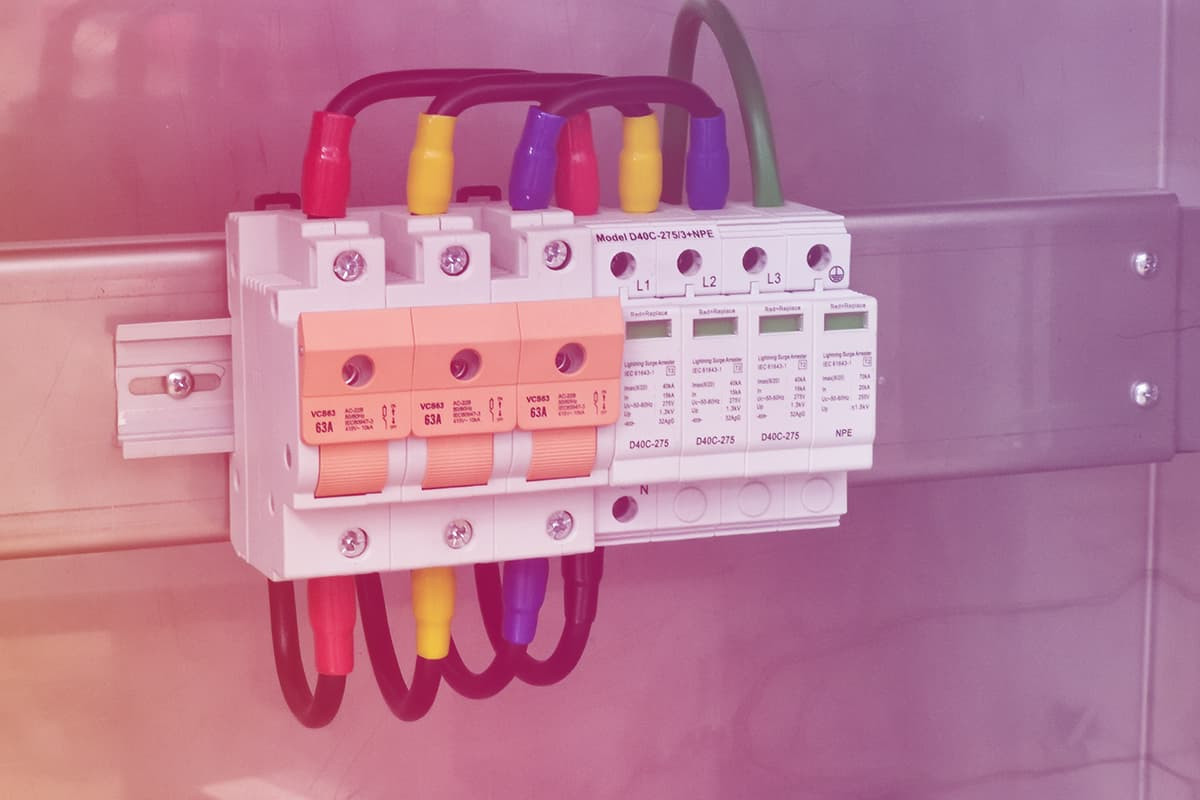
What is in this article?
Certain measures should be in place in buildings to avoid any electric issues. One of these measures is surge arresters. A very safe system, surge arrester protects against electricity failures where there are no lightning conductors.
In our blog post you will find all the details you want to know about surge arrester!
What Is Surge Arrester?
 Surge arresters which protect electric systems against damages that may arise from excessive voltage offer protection by discharging the excessive voltage on energy lines into soil.
Surge arresters which protect electric systems against damages that may arise from excessive voltage offer protection by discharging the excessive voltage on energy lines into soil.
By connecting in parallel to the system, they protect against lightnings at microseconds, sudden excessive voltage impact or internal excessive voltage.
Sudden changes in voltage in systems cause electric device malfunctions.
Surge arresters are very important as they help electric devices stay strong against potential dangers such as lightnings, sudden fluctuation, shocks, etc.
If there is no lightning conductor in your building you can use surge arresters that are suitable for type C mains panels. Surge arresters under normal conditions do not transmit current to soil but convey voltage to soil during excessive voltage. In other words under normal conditions surge arresters are passive. In case any change in excessive current they actively offer protection in the system.
Putting surge arresters in front of a device is not enough. Even though they offer protection against fluctuations in the mains they do not protect against lightings. So they may harm electric devices such as fridges, TVs. There are metal kiosks in buildings to protect against lightings.
What Are the Advantages of Surge Arresters?
Surge arresters were used for protection against lighting when it was first manufactured. Surge arresters that ensure electric devices are more resistant are used for protection against excessive voltage changes and impacts.
As per its nature surge arresters are conductive and they connect to soil through high voltage conductivity. A surge arrester conducts only as a result of an impact and conveys the impact into soil immediately. When the effect of the excessive current is no longer there it returns to its initial conductive state. Therefore the device continue working without any interruption. Under normal conditions mains with maneuver excessive voltages above 245 kV need surge arresters.
- Surge arresters have 3 main duties: Protection against lightings, protection against internal excessive voltages and protection against sensitive devices.
- In addition, you can have the following advantages when you use surge arresters:
- Prevents things like line failures, stroke of lightning and power breaker in high voltage devices.
- Prevents very high and harmful voltage shocks arising from maneuvers.
- Discharges excessive voltage in energy transmission line by conveying it to soil.
- Prevents progressive waves from harming the system and the device.
- Acts like an emergency valve.
There is an important reason why surge arresters do not provide 100% protection. Because such equipment creates excessive voltage in the system upon conducting excessive current and this voltage results in device malfunctions.
How Do Surge Arresters Work?
Surge arresters which are an important protection equipment for electric machinery and devices are very important for a safe working environment.
There is a varistor (an electronic circuit element and shows non-linear resistance) in surge arresters and this consists of zinc oxide. Therefore zinc oxide particles act as a resistance and do not allow currents when there is no excessive current load. When lightning strikes these zinc oxide particles combine together and convey current into soil. Thus they discharge excessive current.
The resistance value in zinc oxides has a value that is inversely proportional to the high current occurred. It means the stronger the current is the smaller the zinc oxide particles resistance value is. This ensures more discharging.
As is the case with every circuit elements surge arresters have a certain service life. This lifecycle varies depending on the frequency and amount of high voltage on surge arrester. You can add an automatic fuse to ensure the safety of surge arresters and by doing this you can protect your electric devices for a long time.
People wonder about how surge arresters are connected to the system. Surge arresters with a parallel connection are added to these phases using cables from 2.5 mm² to 35 mm².
In some surge arresters the common neutral cable of the system is also used during connection. You can connect these cables to the neutral input of the surge arresters in a parallel manner. Finally, you can connect the cable at the soil output of the surge arrester to the system’s soil line and complete the assembly.
What Are the Differences About Surge Arresters and Lightning Conductors?
Although both are designed for protection against lightning they are in fact different products. Lightning conductors are mostly used as external lightning arresters (a system that protects against lightning impacts’ burning and destructive effects of a building) whereas surge arresters are used as internal lightning arresters (an equipment that helps protect the electric installation against excessive voltage due to electric mains or lightning stroke). This is the main difference between them.
The function of lightning conductor is to offer protection against the physical effect of lightning i.e. preventing fire outbreaks. Lightning conductors are generally placed on the roof of high buildings.
As per their structure and purpose they are different than surge arresters. Lightning conductors protect buildings, structures and transmitters against harmful effects whereas surge arresters mostly offer protection against systems. Surge arresters’ working principle is very easy and they transmit lightning into soil protecting buildings against electric impacts.
Surge arresters direct voltages and protect circuits in devices against voltage and guidance effect. Surge arresters are also used for smaller systems but they have a more complex structure.

Check this information for details about the differences between surge arresters and lightning arresters:
- These two equipment varies in terms of implementation scope. Lightning arresters have many voltage levels. Surge arresters, on the other hand, generally protect against excessive voltage below 1 kV.
- Protection objects are different from each other. Lightning arresters are used to protect electric equipment whereas surge arresters are mainly used to protect the power source circuit in electric devices and meters.
- They are also different in terms of their installation positions. Lightning arresters are installed in primary systems to directly prevent lightning waves and protect devices. Surge arresters are installed in secondary systems as an additional measure for lightning arresters. This means lightning arresters are installed on incoming lines while surge arresters on outgoing lines.
- There are differences between the two systems in terms of circulation capacity. As the main function of lightning arresters is to prevent lightning voltage, they have a high relative current capacity. Insulation level in electronic equipment is way more than in electric equipment. This means for protection against lightning excessive voltage and working excessive voltage you need a lightning arrester. But when you check its current capacity you will see that it is generally smaller.
- These two protection equipment are different in terms of their materials. Lightning arresters are generally made of zinc oxide as their main materials. Main materials in surge arresters vary according to classification protection and excessive voltage level.
Generally speaking lightning arresters can be considered a protection specifically designed against electric equipment to avoid lightning-related shock waves. Surge arresters on the other hand stand out for a more advanced equipment compared to lightning arresters.
Lightning also has the effect of weakening other harmful fluctuation shocks generated by the power system itself. This means that surge arrester fuse can avoid electric fuse from blowing due to any fluctuation. You have to use surge arresters to protect electric fuses and thus all electric devices.
Surge Arrester Types and Use of Areas
Surge arresters are divided into several categories according to their making, installations or voltage. As per voltage types, they are divided into three different categories i.e. high, middle, and low voltage. However, voltage protections also vary according to the materials they are made of. If you check the options, you will see that the products are divided into two categories i.e. porcelain and polymer as body materials. Surge arresters have four different types including metal oxide, discharging tube, variable resistant or bore.

If you want to see details about surge arrester types according to type of manufacturing, keep reading.
-
Metal Oxide Surge Arresters
Surge arresters with metal oxide do not work with variable resistance. This eliminates the need for a voltage rating system for a voltage grid. Compared to models with variable resistance they have a safer structure. Metal oxide ones allow you to protect yourself from both excessive voltage and low voltage.
There is no quick acting arrester (the system that ensures a conductive connection and balancing when there is an increase in electric equipment components due to lightning). Materials in metal oxide resistant elements are manganese oxide, zinc oxide, antimony oxide and bismuth. Metal surge arresters generally help protect electric grids and equipment against high voltage.
-
Surge Arresters with Varying Resistance Levels
Surge arrester with variable resistance are used less compared to others. As they do not offer protection against resistance like metal oxide ones do, they may lead to systems being deactivated. Models that are also called variable resistant with gaps generally consist of resistance blocks that are in a serial order with electrodes with serial gaps located in a porcelain container.
-
Bore Surge Arresters
Bore surge arresters fulfill the grounding work occurring as a result of excessive voltage. The bore cuts off the current thanks to the pressurized gas inside and ensures a safer environment.
-
Surge Arresters with Discharging Tubes
Surge arrester with discharging tubes fulfill a similar function to bore surge arresters come into play when there is excessive current. It has a discharging tube instead of a bore and is successful in grounding the sparkles arising due to excessive voltage.
Use of surge arresters varies according to manufacturing purpose of the device. Areas of use vary as per the manufacturing purpose. When giving names to surge arresters per the purpose of their manufacturing and use a letter classification is used. Class B offers protection against lightning impacts, Class C internal excessive voltage and Class D sensitive systems. The use of areas of this protection equipment is as follows:

- Secondary panels
- Transformer inlets
- LED illumination systems
- Data cables
- Automation and communications lines
- Main panels
- Power source
- Renewable energy systems
- CCTV, fire alarm and camera systems
How to Choose Surge Arresters
For electric systems surge arresters stand out as an important protection element. Certain factors should be considered before choosing surge arresters. Because accordingly the lifecycle of surge arresters varies. If you choose a surge arrester in line with the circuit you will use, you will benefit from this protection equipment for long.
When choosing surge arresters, you should be careful about short circuit current, voltage value and impact rate properties. Current and voltage values are written on surge arrester labels. Rated voltage (a system or a voltage according to which the device is designed and certain working principles are related) should not be on the label.
The important thing in choosing surge arrester is the continuous value that the high voltage between the line terminal and ground terminal has. Surge arrester should be grounded based on the pole or resistance of triangle-star and star point when the Parafudr voltage is being determined. Surge arresters are used per different load intervals and in line with the impact rate currents.
According to these, surge arresters are produced according to various short circuit current value and impact rate current.
There are some myths about surge arresters. These misguide you while choosing surge arresters. For example, surge arresters are thought to ground high voltage, however, they actually ground the excessive current occurring in the system. Even though the words current and voltage seem to be used in the same context they are in fact different.
Current means the electron density carried by the conductive while voltage means the electromotor power that helps direct these electrons. Surge arresters can convey the excessive current in the system but they are not able to prevent high voltage.
Do you use surge arresters to protect the electric systems in your building? If you do, please share your comments about this protection element.

 Online Services
Online Services Application Inquiry
Application Inquiry Pay Assurance Fee
Pay Assurance Fee Query Installation Number
Query Installation Number Compensation Fee Inquiry
Compensation Fee Inquiry Automatic Payment Order Inquiry
Automatic Payment Order Inquiry Partnership
Partnership


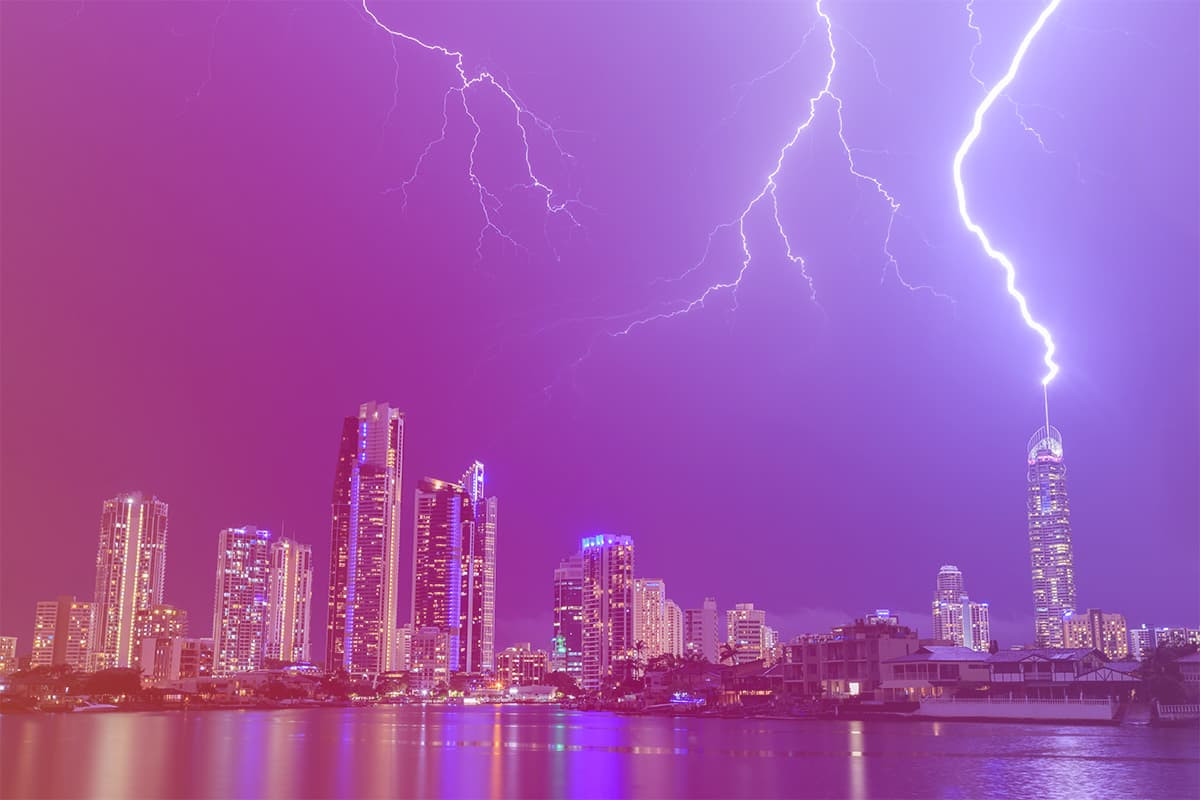
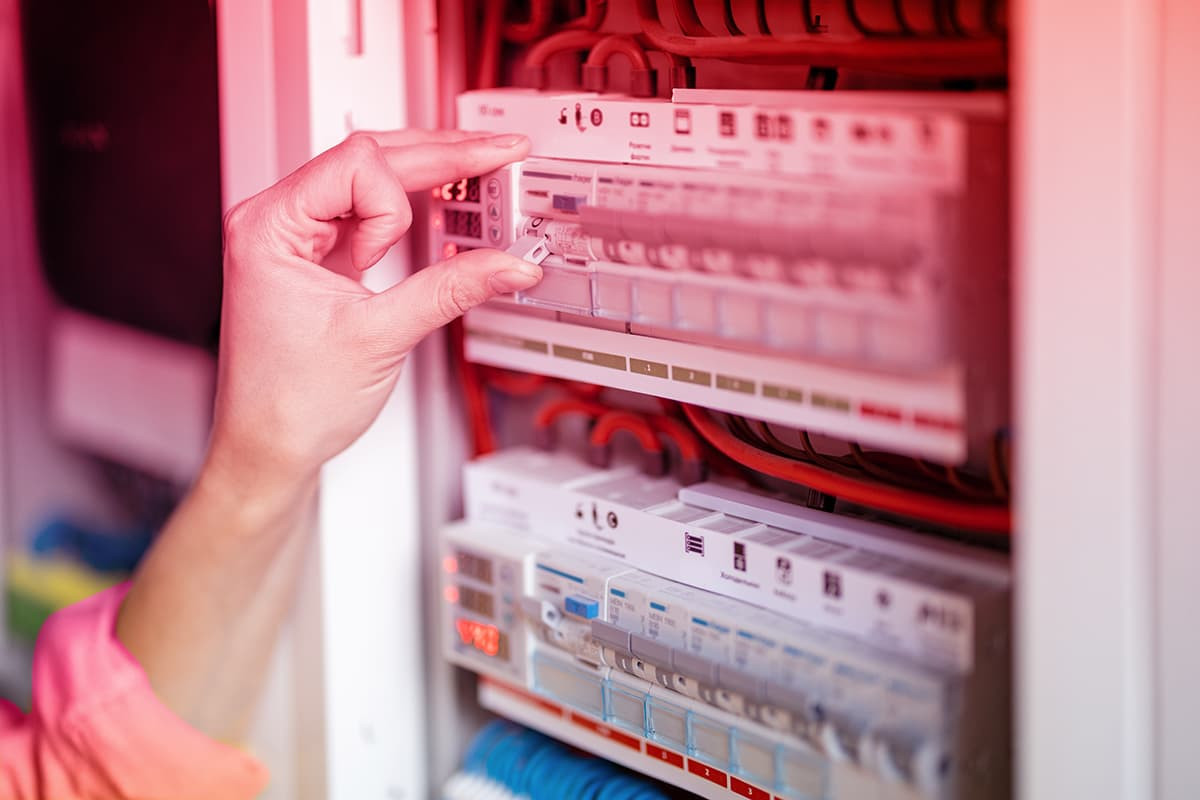
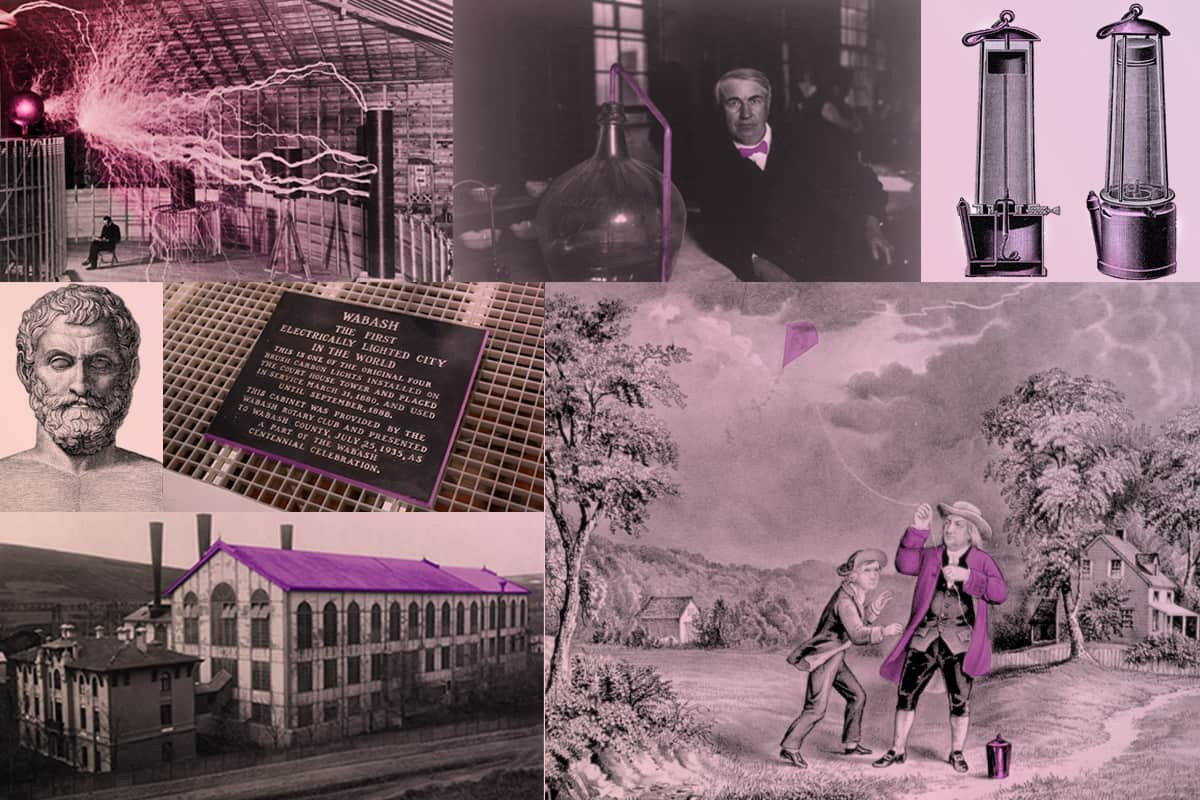
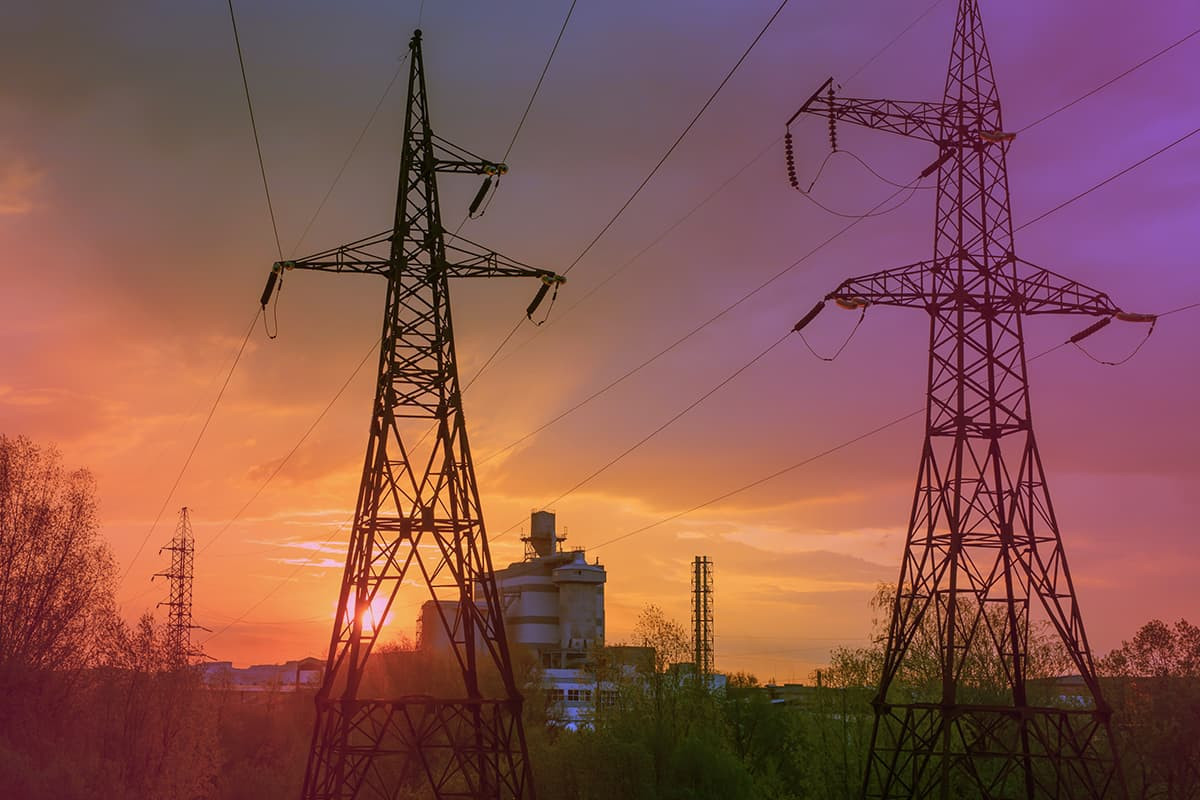
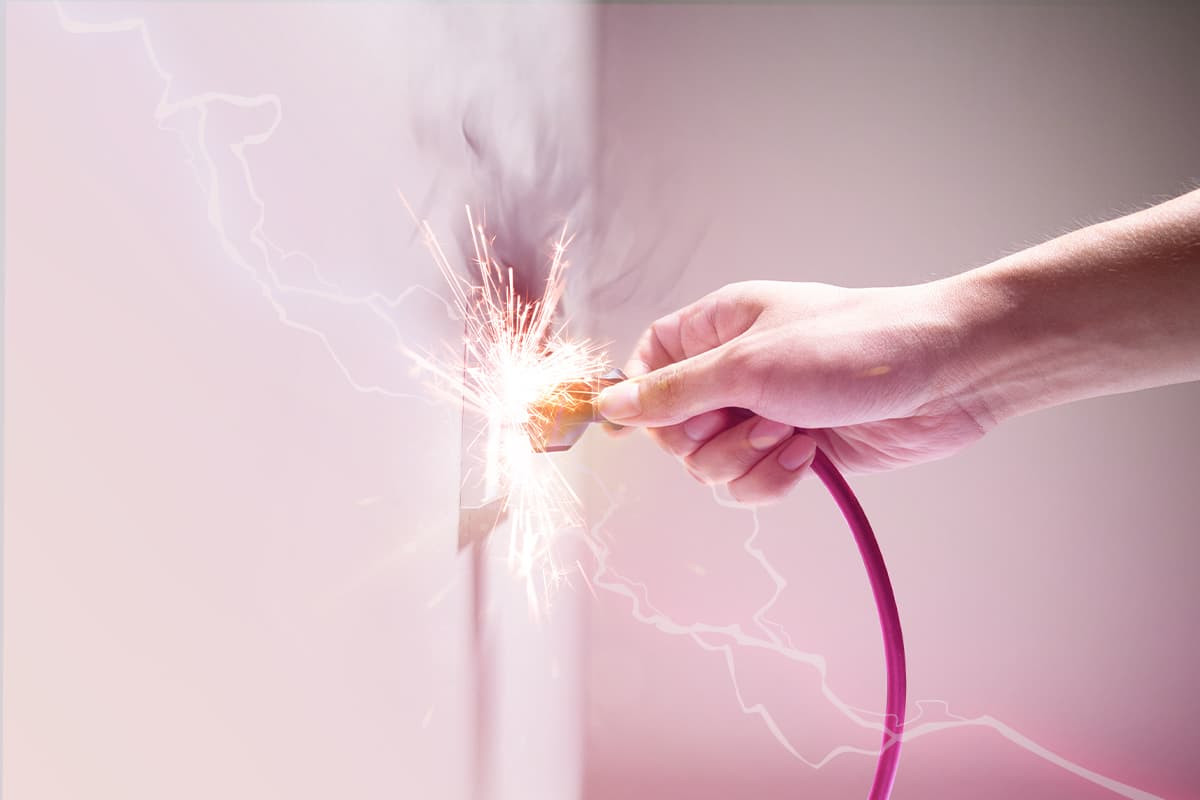
Leave a Comment